May is a wonderful month, with so many celebrations to enjoy and share, including Mother’s Day, National Nurses Week, Florence Nightingale’s birthday, Armed Forces Day, and Memorial Day.
The calling
History tells us that the nursing profession evolved throughout the ages. However, modern history credits Florence Nightingale as the founder of professional nursing. In 1860, she developed the Nightingale School of Nursing, where science and theory were coupled with clinical experiences. As a pioneer of infectioncontrol measures and efforts to improve health standards, she is often referred to as the mother of healthcare quality.
Nightingale considered nursing her calling. She never wavered from the idea that high-quality patient care provided by a dedicated nursing staff is a basic human right. Today, the goal of nursing remains as relevant as it was in her time: to provide a safe, caring environment that promotes patient health and well-being. Each year, National Nurses Week starts on May 6 and ends on May 12—Nightingale’s birthday. This year’s National Nurses Week theme—Culture of Safety— reminds us that the history of nursing is inextricably linked to both the tradition of caring and the continuing quest to improve healthcare.
Nurse’s cap as history symbol
The nurse’s cap, derived from the nun’s habit, was used from the early Christian era until the 1980s, when it all but disappeared in the United States. Different styles of caps were used to depict the nurse’s seniority, as with military nurses whose caps signify rank. While serving in the U.S. Navy in a time of crisis, I found it helpful to tell who the most experienced nurses were just by looking at the number of stripes on their cap.
Because nurses promote safety as a key principle for patient care, it’s ironic that some people believe the cap potentially could carry bacteria from patient to patient. For the public, a nurse’s cap is still the universal symbol of nursing. In the future, what image will replace the cap—and why?
Creating a safety culture: Taking responsibility together
Although patient safety has advanced in important ways since the Institute of Medicine released To Err Is Human: Building a Safer Health System in 1999, progress in making care safer for both patients and caregivers has been slow. Safety improvement is far more complex than we originally thought, and significant advancement requires all of us to be “all in.” That’s why the 2016 National Nurses Week theme is so timely—and why ANA has launched its 2016 Culture of Safety yearlong campaign. (For more information on this campaign, see ANA President Pam Cipriano’s column “ANA calls for creating a culture of safety throughout health care” in the January 2016 issue of American Nurse Today.)
Celebrate, create, contribute
As nurses, we can continue to find fulfillment through many roles, in numerous workplaces and in countless ways. I invite you to share your calling, your stories, and your professional photos as we celebrate together the contributions of nursing during this important time of year. Visit AmericanNurseToday.com or American Nurse Today’s Facebook page to add your reflections.
On behalf of the millions we serve, thank you for your dedication to nursing and keeping the safety journey front and center.
Lillee Gelinas, MSN, RN, FAAN
Editor-in-Chief

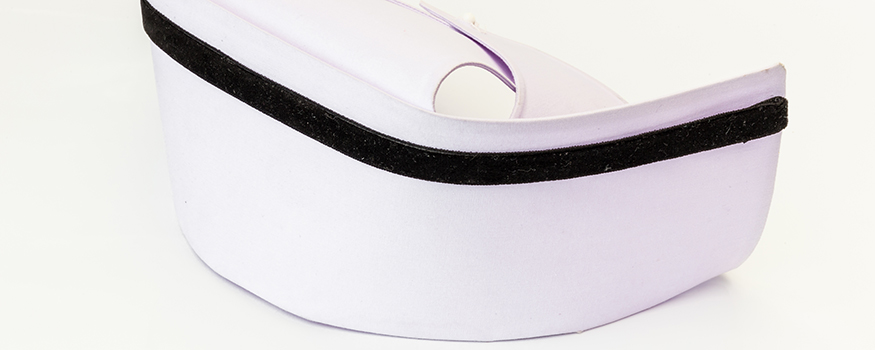



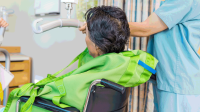

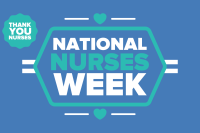
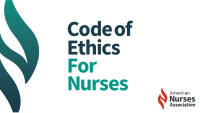







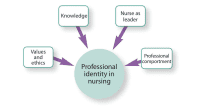

1 Comment.
I really enjoyed reading about nurse’s caps in “American Nurse Today”. I would like to add that the cap represented the school the nurse went to. When the student completed 6 months of training, she would receive the cap. After 1 year, a strip would be placed on the cap. Seniors had a second strip. At graduation, the strips were replaced by a black band that remained permanently on the cap. Men received a school pin at graduation.
Geraldine Varrassi, ED.D., RN – BC